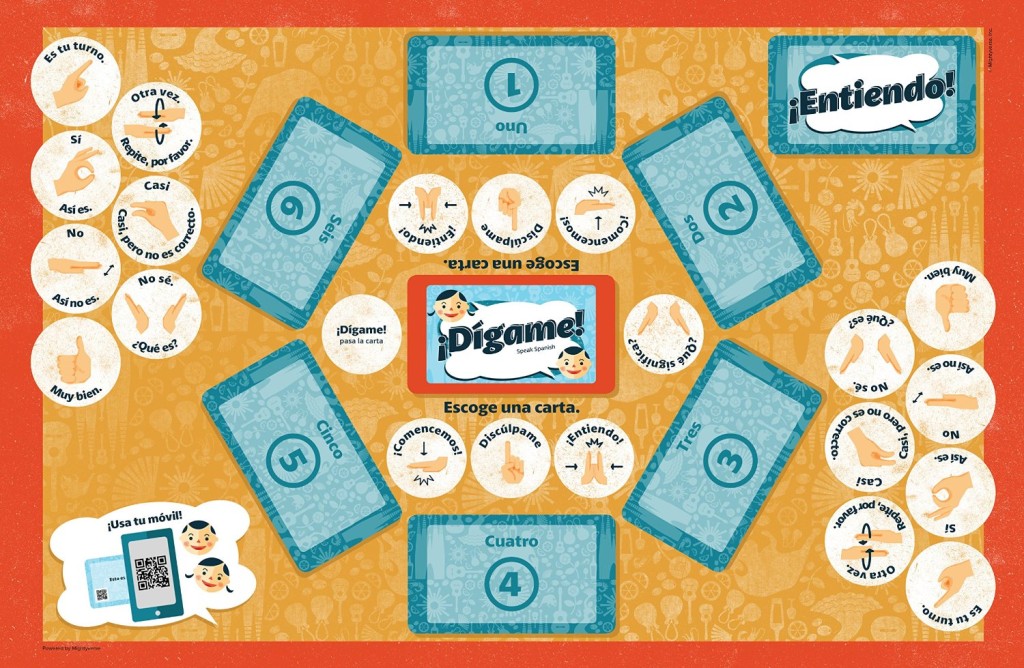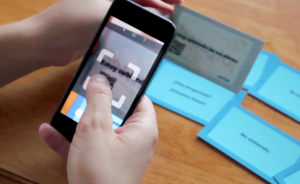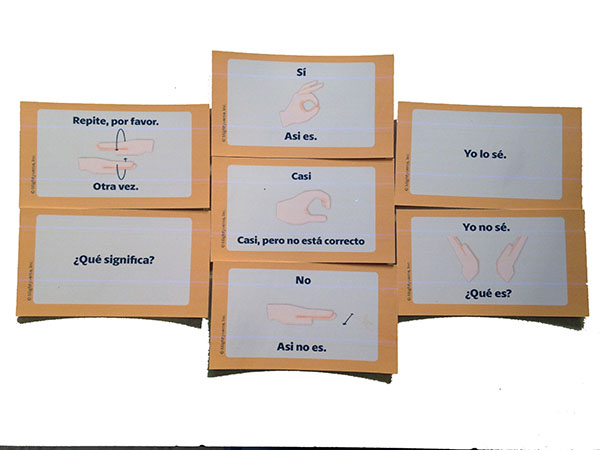Earlier this year, I gave a talk at Altconf “Designing for Fun” that is now on
video” We’ve been iterating on an iOS application that lets people
from our community record phrases, and we aspire to make it a fun experience.
Mightyverse is a passion project for all of us who work on it. I do mostly solo
coding on the website these days with occasional pair programming with friends from the
Ruby community. Most of the code for the iOS app is by John Fox, and we asynchronously
collaborate where I edit code and sometimes add features as I sharpen my iOS coding
skills. Developing something that is fun and really works for a community takes more
design than code, so most weekends Paul and I iterate on mock-ups, talk through use
cases and whenever possible connect with language learners who are willing to experiment
with our latest theories on social language learning.
In the talk I discuss some foundational research about fun and learning, and approaches
to game design. One idea from game design that is very relevant to Mighytverse is the
concept of the “epic win.” The epic win is an extraordinary outcome that you
didn’t believe was even possible until you achieved it (via Jane
McGonigal).
Mightyverse seeks an epic win on two levels. There is the epic win for an individual who
becomes fluent in a new language. Being able to speak another language is like having a
super power — you can reach people, experience other cultures and make things
happen that you could not otherwise do.
Also, Mightyverse, as a company, seeks to save the world’s endangered languages.
There are over 6000 languages in the world. The majority of them are spoken by a tiny
fraction of the population, and almost
80% of us, speak only 83 languages. Almost 50% of the world’s languages
are endangered and one goes extinct every 2-3 weeks. Our epic win would be to create a
system that would be sustained (and paid for) by people learning the “big”
languages, which would always be free for endangered languages, providing tools that
help people connect with their heritage, teaching and learning through social
connections. We believe that diversity of language enriches our world.
You can watch the
video or read my
notes.
If you want to join the community that is experimenting us, using our iOS and web app to
learn and share language, drop us a line.
Our current focus is on English, Spanish, Hupa and Japanese with some active exploration
into Mandarin. We would love to hear from you whatever language you speak or are
learning.
 Last couple of days I was at LAX trying to
go to Paris. Our flight was canceled three times, so we gave up our trip.
Last couple of days I was at LAX trying to
go to Paris. Our flight was canceled three times, so we gave up our trip.


